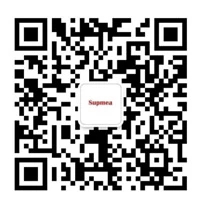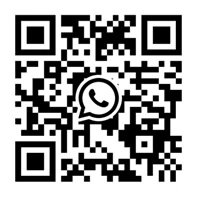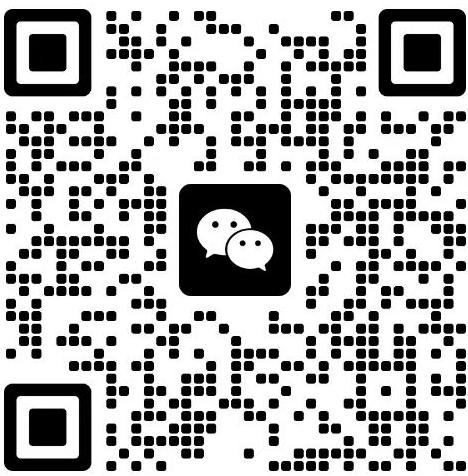Radar Level Transmitter: The Ultimate Guide to Accurate Level Measurement
Radar Level Transmitter
In this comprehensive guide, we delve into the world of radar level transmitters, exploring their applications, working principles, installation, calibration, and troubleshooting. Discover how these advanced devices provide accurate and reliable level measurements in various industries.
Introduction: Demystifying Radar Level Transmitters
Radar level transmitters have revolutionized the field of level measurement, providing precise and reliable data in a wide range of industrial applications. Whether you're monitoring the level of liquids, solids, or slurries, these sophisticated devices offer exceptional performance and versatility. In this guide, we'll explore the ins and outs of radar level transmitters, from their basic principles to advanced features and troubleshooting tips. So let's dive in and unravel the mysteries of radar level transmitters!
Radar Level Transmitter: How Does It Work?
Radar level transmitters employ electromagnetic waves to measure the distance from the sensor to the liquid or solid surface. By analyzing the time it takes for the radar signal to travel to the surface and back, the device accurately determines the level of the substance. Here's a step-by-step breakdown of how radar level transmitters work:
- Transmitting the Signal: The radar level transmitter emits a short microwave pulse.
- Signal Propagation: The pulse travels through the air or within a waveguide.
- Reflection: The pulse encounters the liquid or solid surface and reflects back.
- Receiving the Signal: The radar level transmitter captures the reflected signal.
- Time Measurement: The device measures the time it takes for the signal to return.
- Calculating Distance: Using the speed of light, the device calculates the distance to the surface.
- Level Calculation: By subtracting the distance from the reference point, the radar level transmitter determines the level of the substance.
WSR550 76-81GHz Radar level transmitter
(76~81) GHz frequency modulated continuous wave (FMCW) radar transmitters (also known as millimeter wave radar), using the millimeter wave band with a higher frequency than Ku band radar, in long-range target detection, strong smoke, and dust environment, long-distance imaging, There are important applications in multispectral imaging and other aspects, and it can detect smaller targets and achieve more accurate positioning than microwave radar, with higher resolution and stronger confidentiality.
As a 78GHz band radar used in the field of industrial measurement, high-precision, non-contact level
And liquid level measurement has the incomparable advantages of other ordinary microwave pulse radar and guided wave radar,
The extremely narrow beam and penetrating ability are more suitable for ultra-complex working conditions without weakening the measurement performance.

Advantages of Radar Level Transmitters
Radar level transmitters offer numerous advantages over traditional level measurement methods. Let's take a closer look at the key benefits of using these advanced devices:
- Non-contact Measurement: Unlike float-based or pressure-based level sensors, radar level transmitters provide non-contact measurement, eliminating any risk of sensor contamination or mechanical wear.
- High Accuracy: With their precise measurement capabilities, radar level transmitters deliver accurate readings even in challenging environments with turbulence, foam, or dust.
- Versatility: Radar level transmitters can be used to measure various substances, including liquids, solids, and slurries, making them highly versatile across different industries.
- Wide Range: These devices can handle level measurements in tanks or vessels with varying sizes and shapes, ensuring compatibility with different process requirements.
- Continuous Monitoring: Radar level transmitters offer real-time level monitoring, enabling proactive maintenance, inventory management, and process optimization.
- Safety: By providing accurate level data, radar level transmitters contribute to maintaining safe operating conditions, preventing overfilling or run-dry situations.
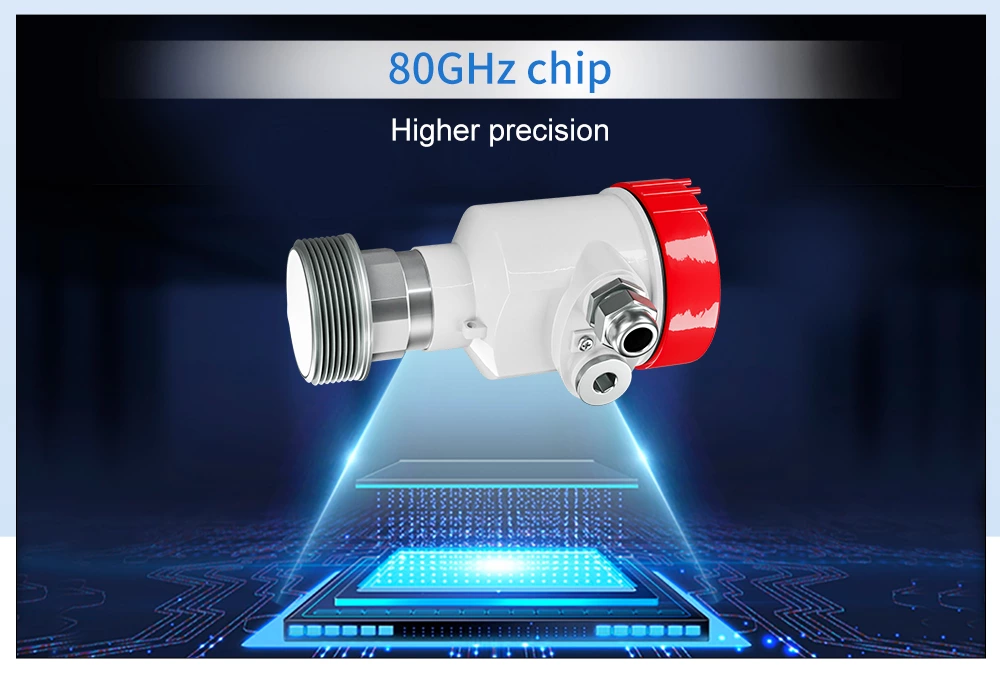
Installation and Calibration of Radar Level Transmitters
Proper installation and calibration are crucial for the optimal performance of radar level transmitters. Here are the essential steps to follow:
- Choosing the Right Mounting Location: Select a location that offers an unobstructed view of the liquid or solid surface. Avoid mounting near walls, pipes, or structures that could interfere with the radar signal.
- Antenna Alignment: Ensure that the antenna is correctly aligned with the surface and parallel to it. Any misalignment can result in inaccurate readings.
- Signal Strength Optimization: Adjust the signal strength to achieve the desired measurement range. This can typically be done through the device's interface or configuration software.
- Calibration: Perform the initial calibration according to the manufacturer's instructions. This step establishes the reference level and ensures accurate measurement data.
- Ongoing Monitoring: Regularly check the performance of the radar level transmitter and recalibrate if necessary. Factors such as temperature changes or coating buildup can affect accuracy over time.
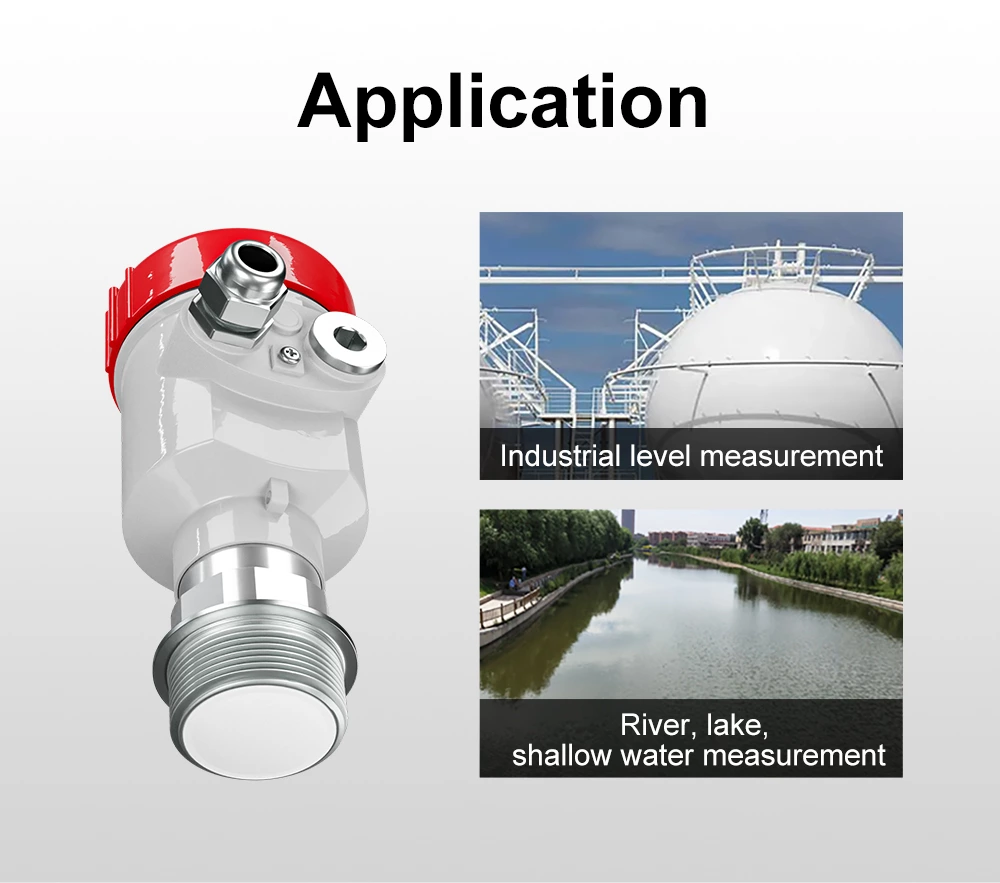
Troubleshooting Common Issues with Radar Level Transmitters
While radar level transmitters are highly reliable, occasional issues may arise. Here are some common problems you may encounter and their potential solutions:
- False Echoes: False echoes can occur due to obstructions, agitators, foam, or turbulent surfaces. Adjust the sensitivity settings, clean the antenna, or use focusing devices to minimize false echoes.
- Signal Attenuation: Signal loss can result from heavy vapors, dust, or steam. Ensure proper ventilation and consider using purging systems or air curtains to maintain signal strength.
- Coating or Buildup: Coating or material buildup on the antenna can interfere with signal transmission. Regularly clean the antenna or utilize self-cleaning mechanisms, such as air jets or vibrating forks.
- Power Supply Issues: Unstable power supply can lead to erratic readings. Check the power connections, use a stable power source, and consider installing surge protection devices.
- Extreme Temperatures: Radar level transmitters may encounter challenges in extreme temperatures. Opt for models with appropriate temperature ratings or use additional cooling or heating mechanisms.
- Incorrect Calibration: If the device consistently provides inaccurate measurements, recalibrate it following the manufacturer's guidelines. Ensure that the calibration process accounts for environmental factors and material characteristics.
FAQs about Radar Level Transmitters
Q: Can radar level transmitters be used in hazardous environments?
A: Yes, many radar level transmitters are designed for hazardous areas and comply with safety standards such as ATEX or IECEx.
Q: What is the typical measurement range of radar level transmitters?
A: Radar level transmitters can measure distances ranging from a few centimeters to several tens of meters, depending on the model.
Q: Are radar level transmitters affected by foam or agitators in tanks?
A: Some radar level transmitters are equipped with advanced algorithms to suppress foam and ignore agitator blades, ensuring accurate readings.
Q: Can radar level transmitters measure corrosive liquids or solids?
A: Yes, certain models of radar level transmitters are specifically designed to handle corrosive substances, utilizing resistant materials or protective coatings.
Q: How often should radar level transmitters be calibrated?
A: Calibration frequency depends on the application and environmental conditions. Typically, annual calibration is recommended, but specific industries or regulations may require more frequent calibrations.
Q: Can radar level transmitters be used in hygienic applications, such as food or pharmaceutical industries?
A: Yes, there are radar level transmitters available with hygienic designs, smooth surfaces, and FDA-compliant materials suitable for sanitary applications.
Conclusion: Radar Level Transmitters for Accurate Level Measurement
Radar level transmitters have transformed the way industries measure and monitor levels of liquids, solids, and slurries. Their non-contact operation, high accuracy, and versatility make them an ideal choice for various applications, ensuring reliable data for process control, inventory management, and safety.
By understanding their working principles, proper installation, calibration techniques, and troubleshooting tips, you can optimize the performance of radar level transmitters in your specific environment. Embrace this advanced technology and unlock precise level measurement capabilities for enhanced operational efficiency.

